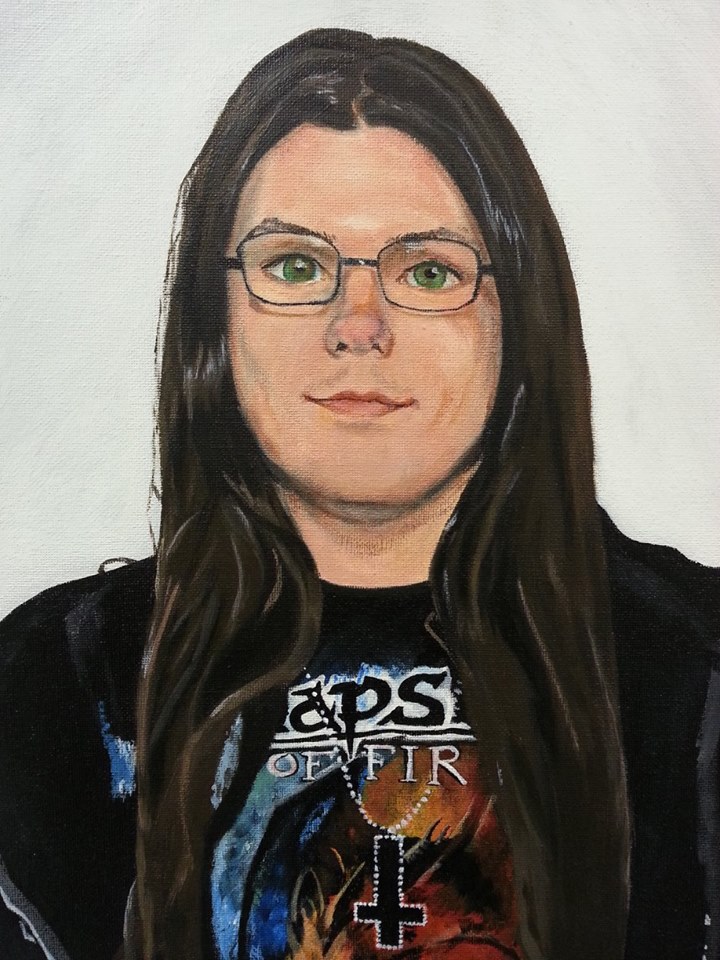

The painter set sail on a voyage across North Africa and Europe in search of a new vernacular. Known mainly for his lifesize oil paintings of fashionable high-society women in the UK and USA at the end of the nineteenth century, Sergeant found himself eager to move away from the formulaic world of oil portrait commissions. One of the greatest American watercolor portrait artists of the age, John Singer Sargeant, revolutionized the art form. Painters who had made their name making oil portraits of the rich and famous soon turned their attention to the possibilities of watercolour, a faster, more immediate art form. The invention of photography in the mid-1800s encouraged artists to adapt to the fast-changing visual world. With the arrival of modernist art at the turn of the 20th century, many painters sought opportunities to show their originality. These societies generated interest from the other side of the Atlantic, where watercoloring soon became incredibly popular. Their contributions led to the creation of many watercolor painting societies - the Royal Watercolour Society (RWS) and the Royal Institute of Painters in Water Colours. They also created hand-painted watercolor originals or copies of their larger artworks. These artists used watercolour to illustrate printed books and depict wildlife. Marking the start of “The Golden Age of Watercolour”, landscape painters such as Thomas Girtin, Paul Sandby and JMW Turner adopted the technique. Watercolor landscape artistsįollowing this period, watercolor painting became a principal art form in the late 18th century amongst the so-called English school. The artworks made by the German artist are among the earliest examples of watercolor painting as we know it today, spanning many subjects, from flora and fauna to landscape. During the Renaissance, Albrecht Dürer produced his iconic watercolour paintings, including the world-famous “Young Hare” from 1502. In Western art, artists often used watercolors to create preparatory sketches.

Watercolour has a rich history in Asian art too, where it served decorative purposes in China from around 4,000 BCE and in scroll paintings from ancient Japan and Korea. When Egyptians invented papyrus in the fourth millennium BCE, watercolor gained widespread popularity-though many of these fragile works are now lost. We can trace the origins of watercolor painting as far back as the pre-historic age, when Paleolithic man first applied ochre and charcoal pigments to cave walls. But watercolor's spontaneity is precisely the quality that delivers such mesmerizing results. Artists often experiment with luminosity and transparency, working to control light and colour.

The enduring attraction of watercolour to artists and painters is its unpredictability. Nowadays, some artists consider all kinds of water solvent media to be part of the wider watercolor family: brush, pen, inks, temperas and gouaches, and even modern acrylic paints, for example. In the past, artists mixed gum arabic-a natural kind of binding- with sticky substances like honey to achieve different visual qualities. The amount of water, the variety of pigments and the surface texture all provide watercolor with a wealth of visual possibilities. In watercolor painting, artists apply pigments to paper or other media such as fabric, canvas, and stone. Watercolor is a type of Fine Art painting that combines color pigments with a water-based solution. So let’s take a look at the rich history of watercolor (aquarelle in French) painting and discover how this humble technique caught the imaginations of some of art history’s masters. This ease gave the form an immediacy and mobility: artists could paint on the fly and capture mesmerising landscapes scenes plein-air, while watercolor portrait artists could swiftly immortalise their subjects with a greater degree of informality. Unlike the costly and often cumbersome supplies needed for oil painting, watercolor artists only need the right soluble paint and a piece of paper. Simple, inexpensive and incredibly beautiful, it’s easy to understand the enduring popularity of the technique. Some artists strictly defined themselves as “watercolorists”, while a surprising number of artists incorporated watercolor within their oeuvre. From the great Renaissance masters to movers and shakers of the contemporary avant-garde, watercolor has captured the imaginations of painters through the centuries.


 0 kommentar(er)
0 kommentar(er)
